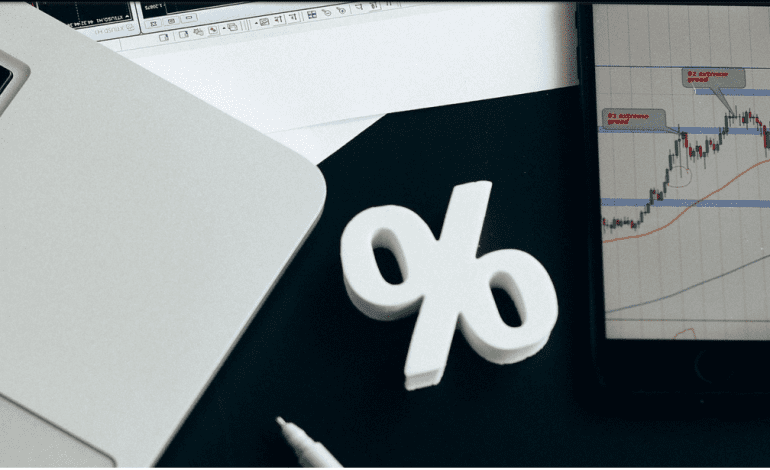Risk management is an essential function in the banking industry. The goal of risk management is to identify and mitigate risks to the bank’s assets, liabilities, and earnings. Risks can come from a variety of sources, including credit, market, liquidity, and operational risks. Keep reading to learn more about risk management in banking.
What is risk management?
Banking risk management refers to the process of identifying, assessing, and managing risks associated with the banking sector. The goal of banking risk management is to protect the bank’s capital base and its earnings so that it can continue to provide financial services to its customers.
What are the different types of risks banks face?
There are a variety of risks that banks face, including credit risk, market risk, liquidity risk, and operational risk.
Credit risk is the danger that a borrower will not repay a loan or debt obligation. Credit risks can arise from both individual borrowers and entire countries. Banks use credit rating agencies to assess the creditworthiness of potential borrowers to mitigate credit risk. They also use various lending criteria such as loan-to-value ratios and debt-to-income ratios to limit how much money they lend to any one borrower or country.
Market risk is the danger that changes in market conditions will cause losses for a bank. Market risks include interest rate risk, currency risk, and equity price risk. Banks manage market risks by using hedging strategies such as derivatives contracts and short sales. Hedging strategies help protect against sudden movements in interest rates, currencies, or stock prices that could lead to losses for the bank.
Liquidity risk is the danger that a bank will not be able to meet its obligations when they come due because it does not have enough cash on hand. Liquidity risks can arise from either illiquid assets or from too much borrowing relative to deposits. Banks try to mitigate liquidity risks by maintaining adequate levels of cash reserves and by making sure their loans are matched with short-term funding sources such as certificates of deposit (CDs) and commercial paper (CP).
Operational risk is the danger that an unexpected event such as a computer system failure or employee theft will cause losses for a bank. Operational risks can be caused by internal factors such as bad business decisions or faulty processes or external factors such as natural disasters or terrorist attacks. Banks try to mitigate operational risks by implementing strong controls over their operations, such as firewalls, password protection, and backup systems.
What is the process of risk management in banking?
Risk management is the process of identifying, assessing, and managing risks to a banking organization, including both financial risks and non-financial risks. Financial risks are the potential losses that an organization could suffer due to fluctuations in interest rates, exchange rates, or other financial variables. Non-financial risks are the potential losses that an organization could suffer due to events such as natural disasters or cyberattacks. Risk management processes include setting up risk limits, developing policies and procedures, and implementing risk assessment tools.
Banks use a variety of methods to assess risk, including quantitative models and qualitative assessments. Quantitative models use mathematical formulas to calculate the probability of a particular event occurring and its potential impact on the bank. Qualitative assessments involve analyzing factors such as an event’s likelihood and severity.
Once a bank has assessed its risks, it can develop policies and procedures to address them. For instance, if a bank identifies liquidity risk as a major concern, it might put in place measures such as maintaining a minimum level of cash reserves or instituting withdrawal restrictions during times of market stress. Banks can also use hedging strategies to reduce their exposure to certain types of risk. Risk management is an important part of banking operations and helps ensure that banks are able to withstand unexpected events while still meeting their obligations to customers and shareholders.
Risk management is a critical function in the banking industry. It’s necessary to ensure the safety and soundness of banks, as well as to protect depositors and other creditors. Risk management is also important to maintain the confidence of the public in the banking system.


